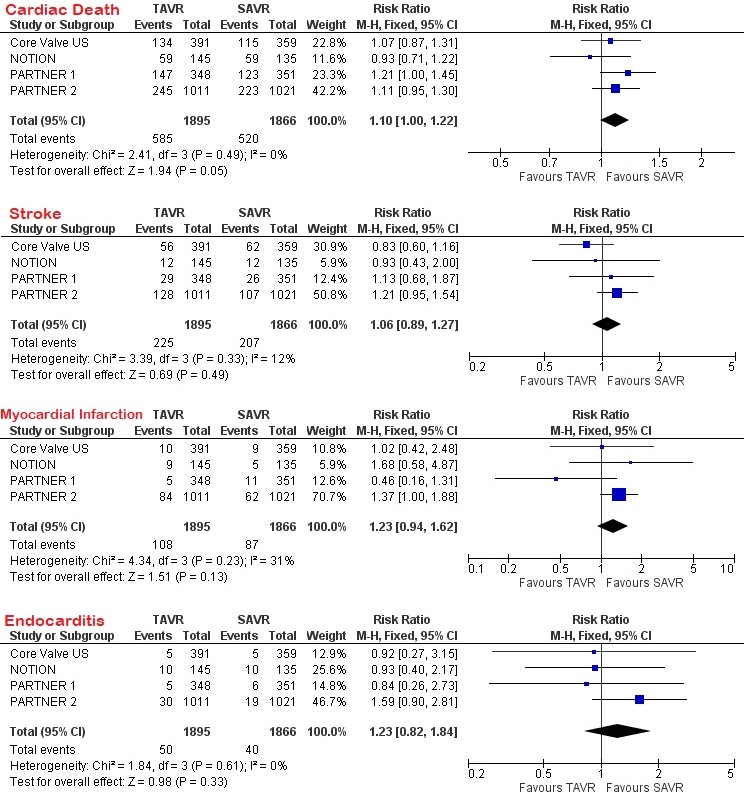Lots of interesting abstracts and cases were submitted for TCTAP 2022. Below are the accepted ones after a thorough review by our official reviewers. Don’t miss the opportunity to expand your knowledge and interact with authors as well as virtual participants by sharing your opinion in the comment section!
TCTAP A-022
Long-Term Outcome of Transcatheter Aortic Valve Replacement Versus Surgical Aortic Valve Replacement for Aortic Stenosis: A Meta – Analysis
By Hendy Bhaskara Perdana Putra, Richardus Rukma Juslim, Benny Jovie, Yusra Pintaningrum, Sekar Rahadisiwi
Presenter
Hendy Bhaskara Perdana Putra
Authors
Hendy Bhaskara Perdana Putra1, Richardus Rukma Juslim1, Benny Jovie1, Yusra Pintaningrum2, Sekar Rahadisiwi1
Affiliation
Dr. Ramelan Navy Hospital Surabaya, Indonesia1, Mataram University, Indonesia2
View Study Report
TCTAP A-022
Aorta Disease and Intervention
Long-Term Outcome of Transcatheter Aortic Valve Replacement Versus Surgical Aortic Valve Replacement for Aortic Stenosis: A Meta – Analysis
Hendy Bhaskara Perdana Putra1, Richardus Rukma Juslim1, Benny Jovie1, Yusra Pintaningrum2, Sekar Rahadisiwi1
Dr. Ramelan Navy Hospital Surabaya, Indonesia1, Mataram University, Indonesia2
Background
Transcatheter aortic valve replacement (TAVR) is an emerging alternative to surgical aortic valve replacement (SAVR) to treat aortic stenosis. However, the long-term outcomes of TAVR remain controversial. This meta-analysis aims to evaluate outcomes of TAVR compared to SAVR in the long-term periods.
Methods
A systematic literature search of several electronic databases was performed. Inclusion criteria were a randomized clinical trial comparing TAVR and SAVR for more than five years, regardless of the surgical risk and the type of valve. The primary endpoint was cardiac death. Secondary endpoints included stroke, myocardial infarction (MI), and endocarditis. Risk ratio (RR) with 95% confidence intervals (CIs) were used to report all outcomes. A p-value less than 0.05 was considered statistically significant.
Results
4 RCT were selected. All of them had five years follow up, in the exception NOTION Trial had eight years follow up. 3.761 patients were pooled in our analysis. 1.895 patients performed TAVR, and 1.866 patients performed SAVR. Comparing to SAVR, TAVR had no significant difference in long-term outcome, all cause death (RR:1.10[95% CI,1.00-1.22],p=0.05), stroke (RR:1.06[95% CI,0.89-1.27],p=0.49), MI (RR:1.23[95% CI,0.94-1.62],p=0.13), and endocarditis (RR:1.23[95% CI,0.82-1.84],p=0.33).


Conclusion
There are no significant differences between TAVR versus SAVR in cardiac death, stroke, MI, and endocarditis after five years of follow up. However, further studies and development of advanced valves remain needed to improve the outcomes


